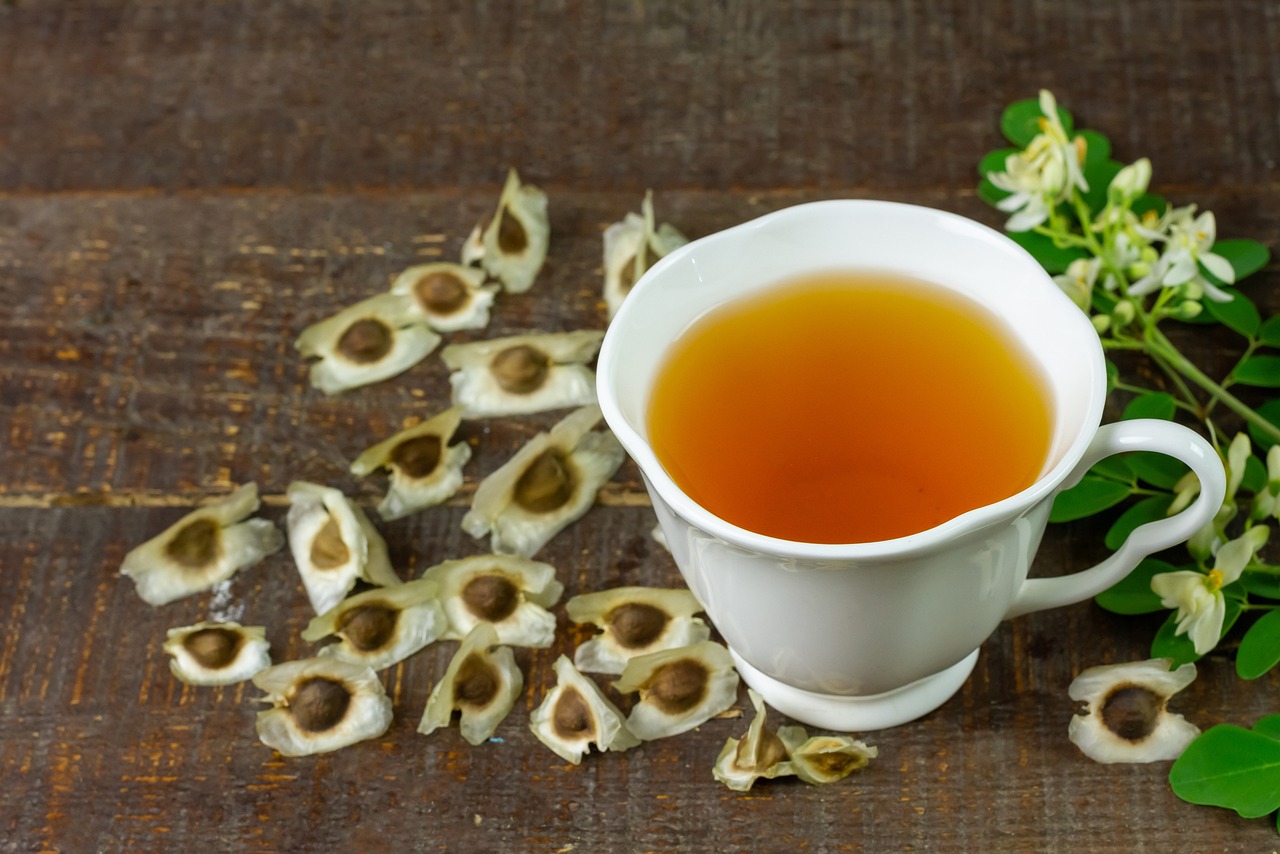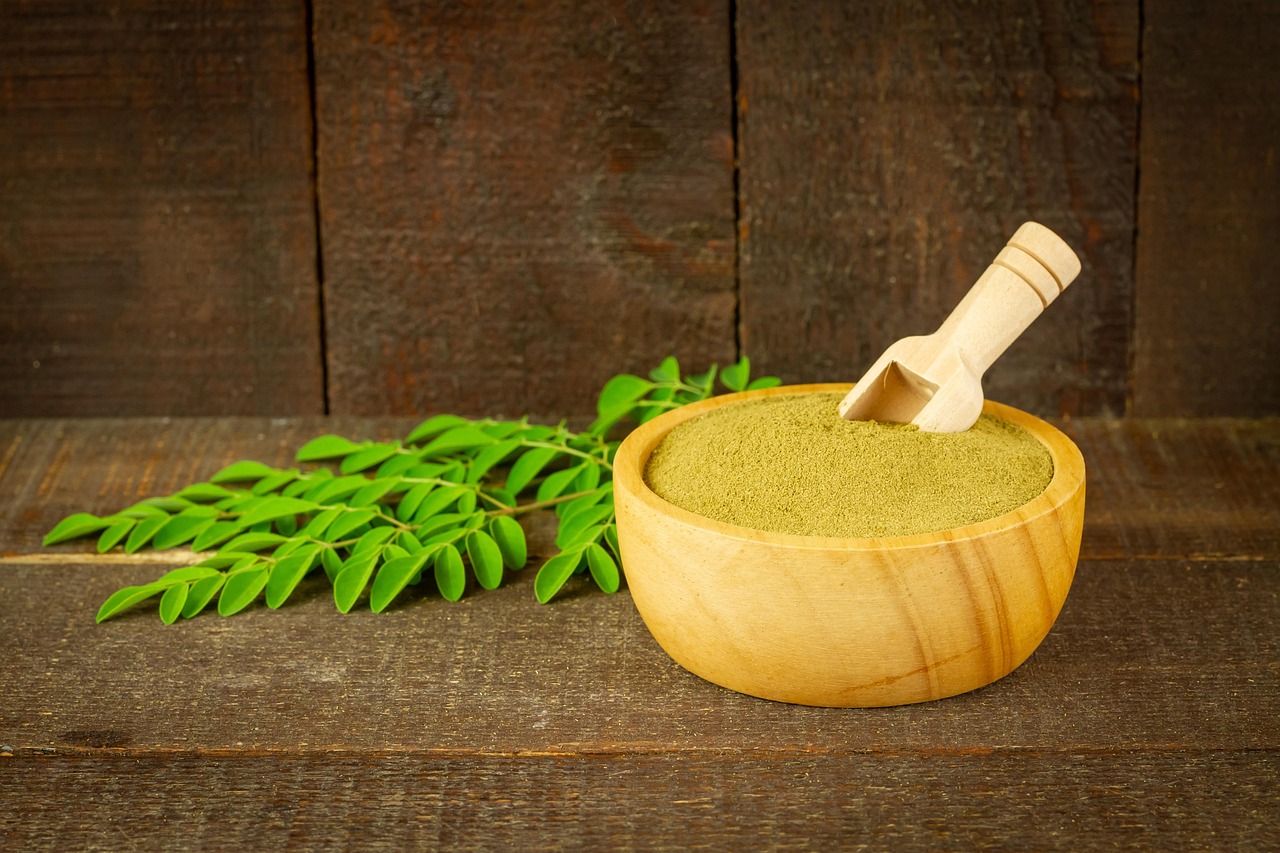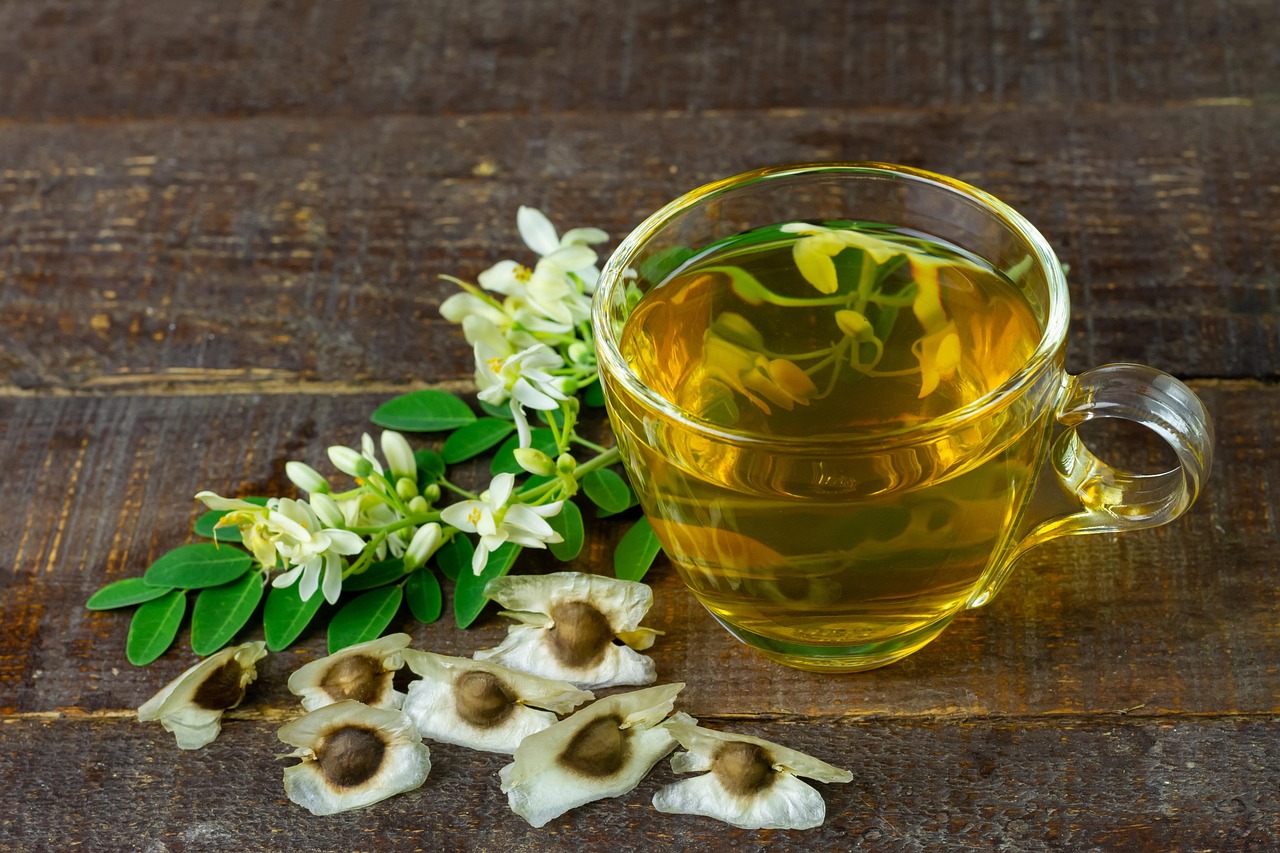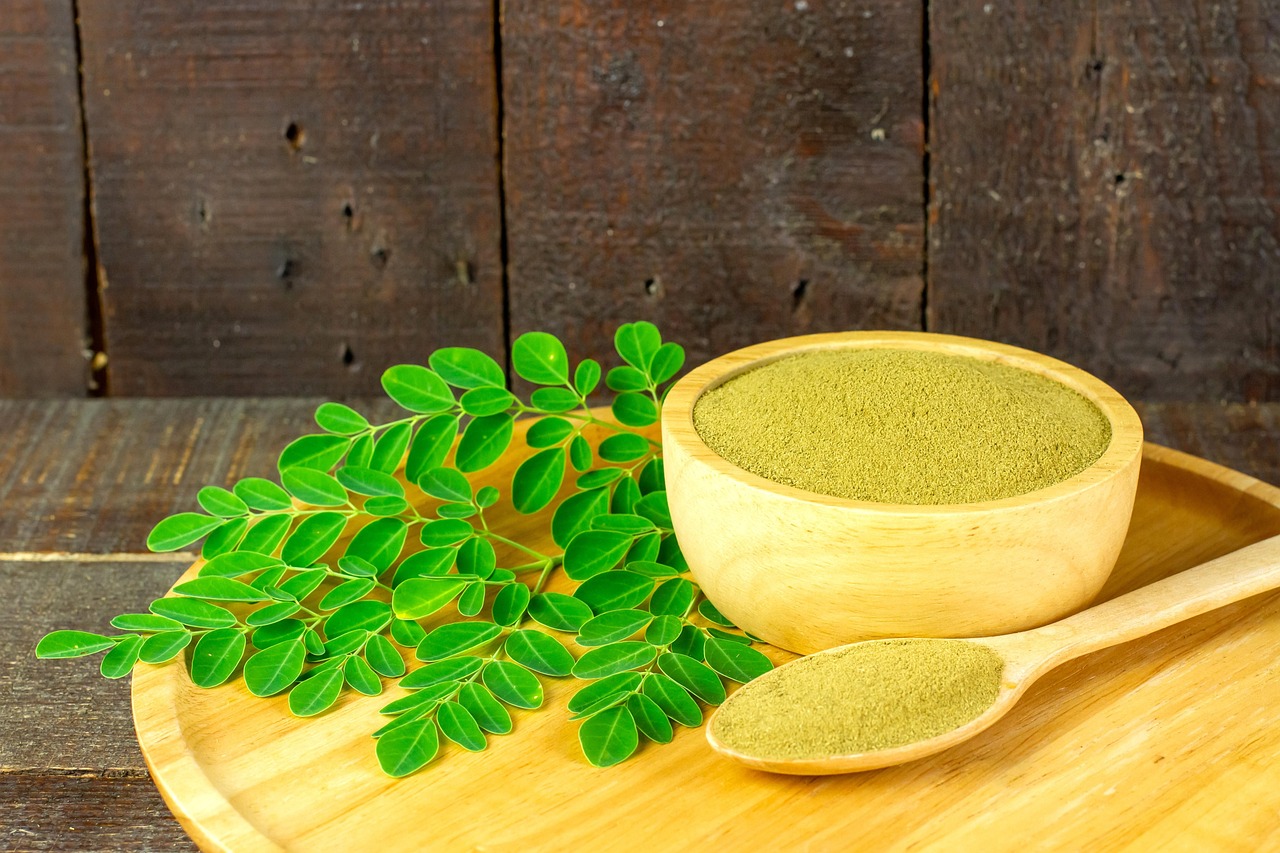The Drumstick Tree, or Moringa, has a rapid growth rate, typically reaching maturity in 6 to 8 months under optimal conditions. With proper care, it can yield its first harvest of leaves and pods within this timeframe, making it an excellent choice for fast agricultural returns.
The Drumstick Tree, known scientifically as Moringa oleifera, is renowned for its nutritional value and versatility. Often referred to as the “miracle tree,” it is packed with vitamins, minerals, and antioxidants. Its leaves, pods, and seeds are used in various culinary dishes and health supplements. Due to its fast growth rate and resilience, Moringa is gaining popularity among farmers and home gardeners alike.

This tree thrives in tropical and subtropical climates. It can grow in poor soil conditions, making it an excellent choice for areas where traditional crops may struggle. Understanding the growth rate of the Drumstick Tree is essential for those looking to maximize their harvests efficiently. With the right cultivation practices, growers can benefit from a steady supply of nutritious produce.
Understanding the Growth Rate of Moringa
The growth rate of Moringa is influenced by several factors including climate, soil quality, water availability, and care practices. Generally, Moringa can reach heights of 10 to 15 feet within one year when conditions are favorable. However, growth can be slower in less than ideal circumstances.
One notable feature is that Moringa trees can grow up to 3 to 5 feet within just a few months after planting. This rapid vertical growth allows for early harvesting opportunities, particularly for leaves and young pods. The following table provides an overview of the growth stages of the Drumstick Tree:

| Growth Stage | Timeframe | Height Achieved |
|---|---|---|
| Seedling | 0 – 3 months | Up to 3 feet |
| Vegetative | 3 – 6 months | 3 – 6 feet |
| Mature Tree | 6 – 12 months | 10 – 15 feet |
| Full Production | 1 – 2 years | Up to 20 feet |
The rapid growth of Moringa makes it particularly suitable for regions with short growing seasons. Gardeners can utilize this tree not only for its nutritional benefits but also as a quick source of income. Regular harvesting encourages continuous growth, allowing for multiple harvests throughout the year.
Planting techniques also play a significant role in the growth rate of Moringa. For optimal results, seeds should be planted directly in well-draining soil with good sunlight exposure. Watering should be consistent but not excessive, as too much moisture can lead to root rot. Fertilizing with organic compost can enhance soil quality and promote quicker growth.
Furthermore, Moringa is relatively pest-resistant compared to other crops. However, monitoring for common pests such as aphids or caterpillars is essential. Early intervention can prevent damage that may slow down growth or reduce harvest yield.

In addition to its rapid growth rate, Moringa’s ability to adapt to various environments makes it a sustainable choice for many farmers. It can thrive in drought-like conditions once established, making it a resilient crop in regions facing climate challenges.
To ensure a successful harvest, it is important to maintain proper spacing between trees. This allows for adequate air circulation and sunlight exposure. Ideal spacing is around 4 to 6 feet between each tree, which promotes healthy growth while maximizing space utilization.
Ultimately, understanding the growth rate and care requirements of the Drumstick Tree enables growers to harness its full potential. With diligent cultivation practices and attention to environmental factors, Moringa can provide a reliable source of food and income in a relatively short period.

Factors Influencing Moringa Growth Rate
The growth rate of the Drumstick Tree can be significantly affected by a variety of environmental and cultivation factors. Understanding these factors is crucial for optimizing growth and achieving faster harvests. Here are some of the key elements that influence the growth rate of Moringa:
- Climate: Moringa thrives in warm tropical or subtropical climates. It prefers temperatures between 77°F to 95°F (25°C to 35°C). Extreme cold can stunt its growth.
- Soil Quality: Well-draining soil rich in organic matter enhances growth. Sandy loam soils are ideal, but Moringa can adapt to poorer soils.
- Water Availability: While Moringa is drought-tolerant once established, it requires regular watering during the early stages. Excessive water can harm the roots.
- Sunlight: Full sun exposure for at least 6 hours a day encourages vigorous growth. Shaded conditions may slow down development.
- Pest Management: Keeping pests under control prevents stress on the plants, ensuring they grow faster and healthier.
Soil Preparation for Optimal Growth
Preparing the soil properly before planting Moringa is essential for achieving a fast growth rate. Here are some steps to consider:
- Choose the Right Location: Select a sunny spot with good drainage.
- Soil Testing: Conduct a soil test to assess pH and nutrient levels. Moringa prefers a pH of 6 to 7.
- Add Organic Matter: Incorporate compost or well-rotted manure to enrich the soil.
- Tilling: Till the soil to improve aeration and drainage.
Watering Techniques for Fast Growth
Watering is vital during the initial growth phase. Here are effective watering techniques to promote rapid growth:
- Frequency: Water young trees every 2-3 days, especially during dry spells.
- Deep Watering: Ensure deep watering to encourage root development. This means saturating the soil several inches deep.
- Avoid Overwatering: Allow the top inch of soil to dry out between waterings to prevent root rot.
Pest Control Strategies
Moringa is generally resilient against pests, but certain insects can pose threats to its growth. Effective pest control strategies include:
- Regular Monitoring: Check for signs of pests like aphids, spider mites, and caterpillars regularly.
- Natural Predators: Encourage beneficial insects like ladybugs that feed on harmful pests.
- Organic Pesticides: Use neem oil or insecticidal soap as organic options to control infestations.
- Cultural Practices: Maintain cleanliness around the planting area and remove any debris where pests may hide.
Nutrient Requirements for Healthy Growth
Moringa has specific nutrient needs that must be met for optimal growth. Key nutrients include:
- Nitrogen: Essential for leaf development; apply organic fertilizers rich in nitrogen during the growing season.
- Phosphorus: Supports root development; ensure sufficient levels during planting.
- Potassium: Aids in overall plant health and resilience; consider using potassium-rich fertilizers.
Harvesting Techniques for Quick Yields
To maximize the benefits of Moringa’s fast growth rate, learning efficient harvesting techniques is important. Here are some methods to consider:
- Timing: Begin harvesting leaves when the tree reaches about 3 feet in height, typically within 6 months of planting.
- Selective Harvesting: Pick leaves from the top and outer branches to encourage new growth.
- Cuts and Pruning: Regularly prune branches to maintain tree health and stimulate more leaf production.
- Harvest Pods Early: Collect pods when they are young and tender for culinary use.
By understanding and implementing these factors, growers can effectively leverage the rapid growth rate of Moringa. With proper care and management, the Drumstick Tree can become a reliable source of nutrition and income in a short timeframe.
Benefits of Moringa for Fast Harvest
The Drumstick Tree, or Moringa, offers numerous benefits that make it an appealing option for quick harvests. Understanding these advantages can help growers appreciate the value of this remarkable plant. Here are some key benefits:
- Nutritional Value: Moringa leaves are exceptionally rich in vitamins A, C, and E, as well as calcium and iron. They provide a healthy food source that can improve dietary intake.
- Fast Growth: As previously discussed, Moringa reaches maturity quickly, allowing for early harvesting of leaves and pods.
- Versatility: Every part of the Moringa tree can be utilized. Leaves can be consumed fresh or dried, pods can be cooked or pickled, and seeds can be pressed for oil.
- Soil Improvement: Moringa is known to enhance soil quality by preventing erosion and adding organic matter when leaves and branches decompose.
- Medicinal Properties: The leaves and pods are known for their anti-inflammatory and antioxidant properties, contributing to various health benefits.
Culinary Uses of Moringa
Moringa’s versatility extends into the culinary realm. Here are some common ways to incorporate Moringa into meals:
- Fresh Salads: Young Moringa leaves can be added to salads for a nutritional boost.
- Smoothies: Dried Moringa powder can be blended into smoothies for added vitamins and minerals.
- Soups and Stews: Moringa pods and leaves can be cooked in soups and stews, enhancing flavor and nutrition.
- Tea: Dried leaves can be steeped to make a nutritious herbal tea.
- Snacks: Moringa powder can be used in energy bars or protein shakes for a healthy snack option.
Climate Adaptability of Moringa
Moringa’s ability to adapt to various climates is one reason it is favored by many farmers. Its resilience allows it to thrive in challenging conditions. Here are some aspects of its climate adaptability:
- Drought Resistance: Once established, Moringa can survive extended dry periods, making it suitable for arid regions.
- Heat Tolerance: The tree thrives in high temperatures, which is beneficial in tropical climates.
- Cold Sensitivity: While it prefers warm climates, Moringa can be grown in cooler regions with some protective measures, such as mulching or growing in pots indoors during colder months.
Growing Moringa in Different Environments
Moringa can be cultivated in various environments, each requiring specific considerations. Here are some growing methods:
- In-Ground Planting: For permanent planting, choose a sunny outdoor location with well-draining soil. Prepare the site by clearing debris and ensuring soil fertility.
- Potted Cultivation: Growing Moringa in pots is ideal for those with limited space. Use a large pot with drainage holes and well-draining soil. This method also allows for easy relocation to protect the tree from cold weather.
- Greenhouse Growing: In cooler climates, a greenhouse provides optimal conditions for Moringa growth year-round. Control humidity and temperature to simulate a tropical environment.
Moringa Fertilization Practices
Proper fertilization is crucial for maximizing the growth rate of the Drumstick Tree. Here are some best practices:
- Organic Fertilizers: Use organic options such as compost or well-rotted manure to enrich the soil naturally.
- N-P-K Ratio: A balanced fertilizer with appropriate nitrogen (N), phosphorus (P), and potassium (K) levels supports healthy growth. Consider using a fertilizer with an N-P-K ratio of 10-10-10.
- Timing of Application: Fertilize during the growing season every 4 to 6 weeks to promote vigorous growth.
- Avoid Over-Fertilization: Too much fertilizer can lead to excessive leaf growth at the expense of fruit and pod production.
Pest Resilience and Natural Protection
Moringa exhibits natural resilience against many pests, but employing additional protective measures can further enhance its growth potential. Consider these strategies:
- Diverse Planting: Companion planting with other crops can deter pests and promote a healthier ecosystem.
- Crop Rotation: Changing planting locations each season can disrupt pest life cycles and minimize infestations.
- Mulching: Applying organic mulch helps retain soil moisture and suppresses weed growth, creating a healthier environment for Moringa.
The combination of these factors enables growers to optimize the growth rate of Moringa effectively. By leveraging its many benefits, farmers can secure a reliable source of income while contributing to improved nutrition in their communities.
Challenges and Solutions in Moringa Cultivation
While Moringa offers numerous benefits, there are challenges that growers may encounter. Addressing these challenges is essential for successful cultivation and maximizing the growth rate. Here are some common issues along with potential solutions:
- Soil Degradation: Continuous planting without proper soil management can lead to nutrient depletion. To combat this, implement crop rotation and regularly add organic matter to rejuvenate the soil.
- Pest Infestation: Although Moringa is generally pest-resistant, occasional outbreaks can occur. Regular monitoring and implementing organic pest control measures can minimize damage.
- Water Management: Overwatering or underwatering can adversely affect growth. Use soil moisture meters to monitor moisture levels and adjust watering practices accordingly.
- Climate Variability: Changes in climate patterns can impact growth rates. Consider using shade cloth during extreme heat or frost protection methods during cold snaps.
- Market Demand Fluctuations: The demand for Moringa products can vary. Diversifying your product offerings, such as selling dried leaves, powders, or seeds, can help stabilize income.
Integrating Moringa into Sustainable Farming Practices
Moringa can play a significant role in sustainable agriculture. Integrating it into existing farming systems can provide various ecological and economic benefits:
- Agroforestry: Incorporating Moringa into agroforestry systems can enhance biodiversity while providing shade and protection for other crops.
- Soil Erosion Control: The extensive root system of Moringa helps anchor soil, making it an effective plant for preventing erosion on slopes or degraded lands.
- Carbon Sequestration: As a fast-growing tree, Moringa absorbs carbon dioxide, contributing to carbon sequestration efforts and helping mitigate climate change.
- Community Empowerment: Growing Moringa can empower local communities by providing a source of nutrition and income, leading to enhanced food security.
Final Thoughts
The Drumstick Tree, or Moringa, presents a unique opportunity for growers looking to achieve fast harvests while benefiting from its numerous nutritional and ecological advantages. Its rapid growth rate, resilience in varying climates, and versatile uses make it a valuable crop in both home gardens and commercial farms.
By understanding the factors that influence Moringa’s growth rate—including soil quality, watering practices, pest management, and fertilization—farmers can effectively cultivate this remarkable plant. Moreover, addressing potential challenges through sustainable practices not only enhances productivity but also supports environmental health.
Moringa cultivation not only provides a reliable source of food and income but also contributes to community well-being and sustainability. As more individuals and communities recognize the value of this “miracle tree,” it is poised to play a vital role in global food security and health.
In conclusion, embracing Moringa cultivation can yield significant rewards. With proper care and management, this fast-growing tree has the potential to transform agricultural practices while promoting nutritional health and environmental stewardship. As farmers and consumers continue to explore the benefits of Moringa, its role in sustainable agriculture will likely grow, highlighting the importance of integrating such crops into our food systems.
